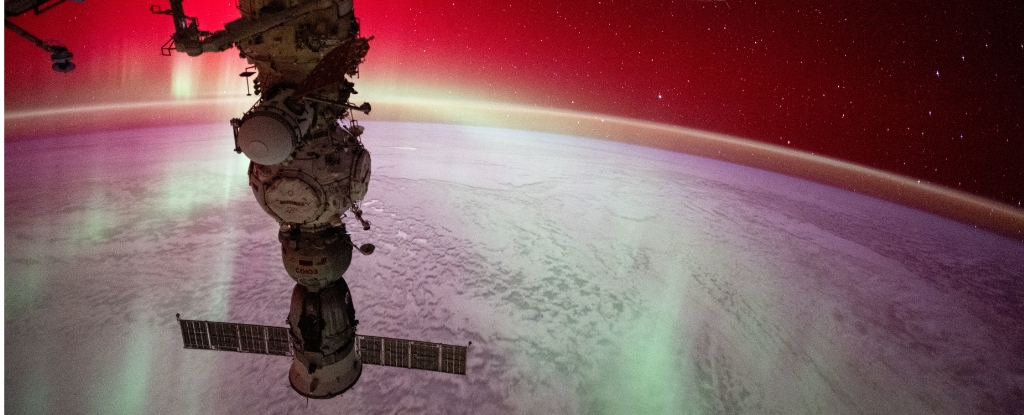The James Webb Space Telescope captured a new image of the Crab Nebula, a supernova remnant located in the constellation Taurus.
The Crab Nebula is the remains of a massive star that exploded in a supernova visible from Earth in 1054 AD. It has been studied as one of the first objects recognized as connected to a supernova explosion.
The new Webb image uses its Mid-Infrared Instrument (MIRI) and Near-Infrared Camera (NIRCam) to provide unprecedented insights into the Crab Nebula.
For the first time, Webb mapped the distribution of warm dust emission in two areas of the nebula’s inner filaments at high resolution. It found dust is located in the outer shell’s dense filaments, unlike other supernova remnants which have dust concentrated at their centers.
The dust forms a “cage-like structure” that provides clues about the evolution of the star before its supernova explosion.
The unique composition and features of the Crab Nebula challenge previous explanations of it resulting from a rare “electron-capture supernova” and could have been caused by a different type of explosion.
Webb’s high-resolution infrared observations are advancing scientists’ understanding of supernovae and the evolution of massive stars through its unique insights into this “unusual” and well-studied supernova remnant.
Source: Yahoo News (https://www.yahoo.com/news/new-crab-nebula-image-captured-by-james-webb-space-telescope-offers-unique-glimpse-at-unusual-ancient-structure-201642046.html)









